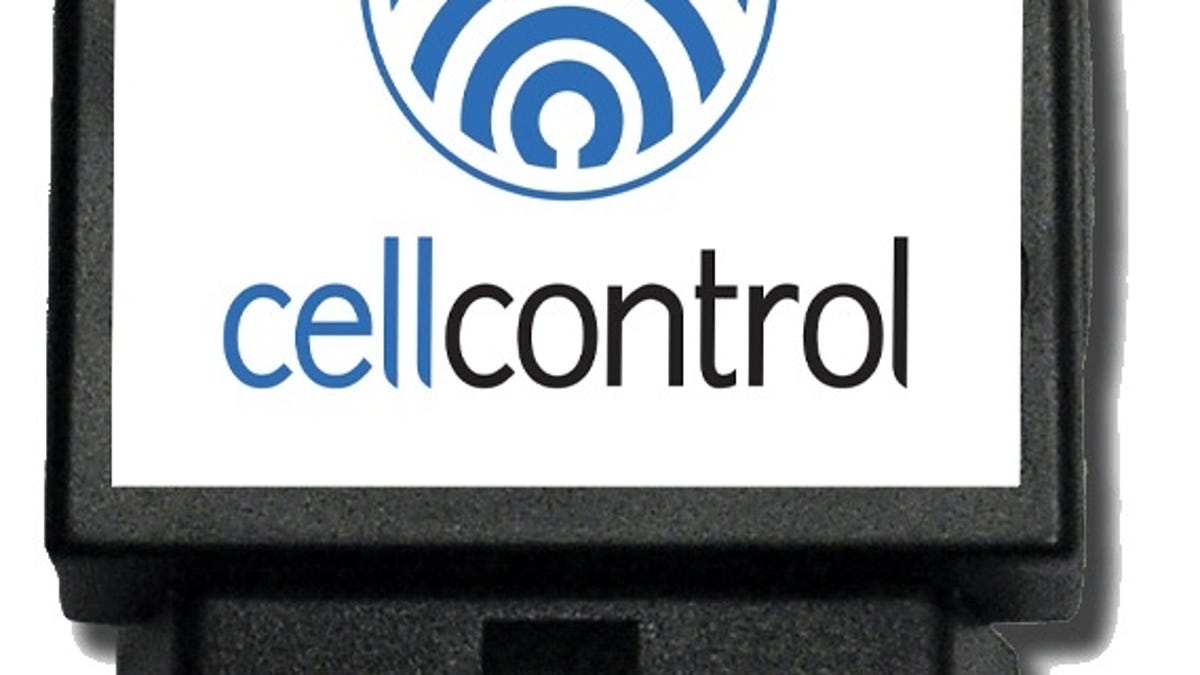RealVNC offers OEMs anti-distracted-driving device
Pressure to enforce laws against distracted driving could lead carmakers to install hardware that automatically blocks features and services on a mobile device while the car is in motion.

Cellcontrol has entered into an agreement with RealVNC that makes it easier for automotive manufacturers to adopt its technology. For carmakers planning to use Nokia Terminal Mode for next-generation infotainment solutions, the partnership offers an out-of-the-box middleware solution that blocks distracting applications while a vehicle is in motion.
Terminal Mode is a standard being developed by Consumer Electronics for Automotive (CE4A), of which Audi, BMW, Daimler, Porsche, and Volkswagen are members, which replicates mobile devices on a vehicle's in-dash screen. The phone is tethered to the entertainment system, and occupants interact with the phone using the head unit interface. The standard, supported by RealVNC, lets drivers with Nokia and BlackBerry phones use the latest apps already on their phones in their cars. RealVNC recently announced support for the Android platform.
At present, manufacturers planning to use Terminal Mode must develop their own technology to keep drivers from playing video games, e-mailing, and watching videos on the in-dash screen while the car is in motion. Cellcontrol gives manufacturers a ready-made, flexible way to control which mobile applications, services, and features can be used in the vehicle and when.
Cellcontrol is a hardware device that's integrated with a vehicle's diagnostic computer system. It uses a Bluetooth engine to detect mobile phones in the vehicle that have the company's mobile app installed. When the vehicle is in motion, Cellcontrol limits those mobile phones based on the restrictions the administrator programmed into the device, such as blocking outgoing and incoming calls except for whitelist phone numbers, or allowing calls only when the phone is paired with a hands-free headset. The administrator can also program times these rules are in effect. Emergency calls to 911 are always allowed.
When paired with RealVNC, the device will enable manufacturers to set rules for phones tethered to the vehicle about which apps, features, and services can be used on the vehicle's in-dash display when the car is in motion. However, whatever rules the manufacturer or admin sets will still apply when the phone is not tethered to the vehicle infotainment system.
Last September, the Louisiana-based company signed an agreement with automotive supplier Visteon that makes it possible for OEMs to factory-install the Cellcontrol hardware, rather than plugging it into the OBD-II port. These recent partnerships could mean more consumer vehicles in the future will have this anti-distracted-driving technology already embedded as they roll off the assembly line. To activate the hardware, drivers would need to install the company's app. Cellcontrol has developed apps for Nokia, Android, BlackBerry, Windows, and some feature phones. An iPhone app is on the product road map.
Although both applications still require the user to opt in by installing the app on the phone, it's a step toward a blanket solution to the problem of how to prevent texting while driving and other distractions that take drivers' eyes off the road. It would be a stretch for the government to force all drivers to purchase Cellcontrol's services, but they could be used to help thwart repeat distracted-driving offenders in a way that's similar to court-ordered breathalyzers that lock a vehicle's ignition if the driver's blood alcohol content is above legal limits.

